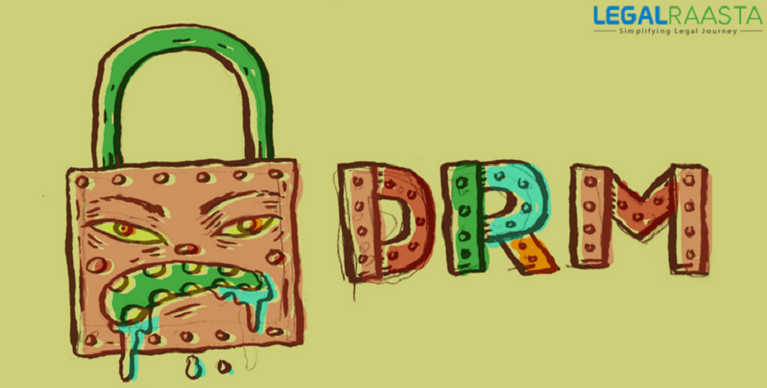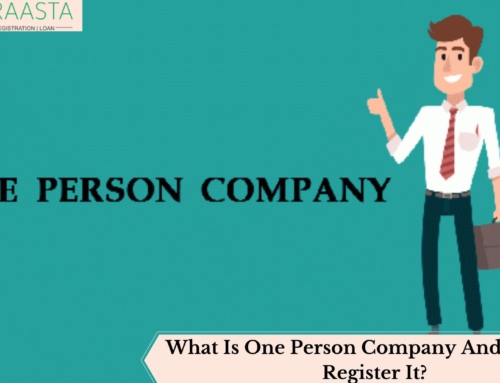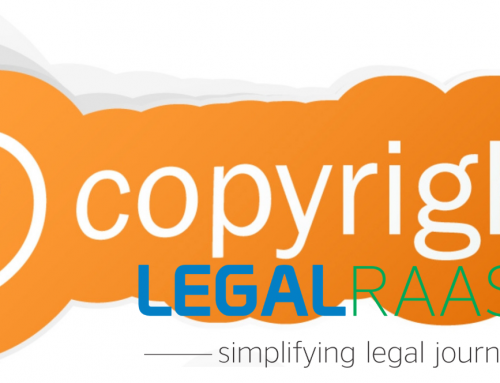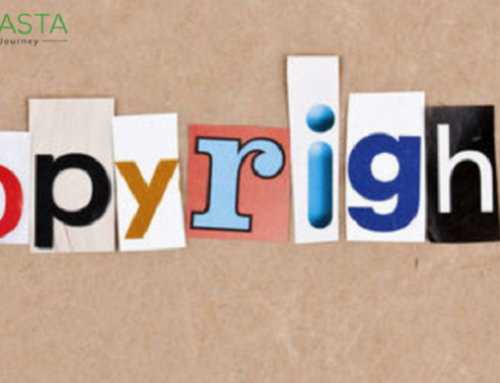Electronic commerce and the Internet are the two modes that are changing the way the information about the customers is gathered and is used. Information about the individuals is collected and is sold without their knowledge/consent. The ease of processing, obtaining and transmitting of the information makes easier for both trading in data as well as collecting information from different sources. The ease of breaking into the data stores and wiretapping reduces the security of the stored and transmitted information. The transfer of data from one location to another with different laws complicates the problem further. The potential of e-commerce in the digital assets makes the privacy problem even acuter.
Digital Rights Management which is also known by its initials, DRM. is a technology that creates certain conditions about how some of the digital products can be used and be shared. This is a system that is created or designed to protect the unauthorized duplication and the illegal distribution of the copyrighted digital product. Once the Internet became widely used, it was easy for the pirates to copy and the illegally sold a variety of marketed digital information and the products. Therefore, this type of technology and the systems prevent the users from doing things with content that the content providers do not wish them to do. It is also sometimes called ECMS, or the electronic copyright management systems, which are the technologies that are designed to automatically manage the rights in relation to the information. This can include preventing the copyright works and the other information from being accessed or copied without any authorisation and establishing and enforcing the license terms with the individuals. DRM is a form of continual protection that helps to protect the works and also manages rights at all times, no matter where the works are located or who has possession of them. DRM attempts in order to promote authorized use of a copyrighted work, in part by precluding the possibility of a copyright infringement. These comprise a number of technological components, which can include encryption, a surveillance mechanism, databases of works, owners and users, license management functionality and Technological Protection Measures (TPMs).
However when it comes to its privacy, here are two essential steps in the current rights management systems that violate the privacy of the consumer, or, in b2b situations, the rights of the commercial buyer. The first is the consumer/buyer authentication step. This step helps to establish as to who the buyer is, and it also establishes a unique identifier for the buyer. The unique identifier can thereafter be used in order to collect information about the buyer which is obtained from the current transaction with all the kinds of the other information which are divulged by the buyer using the same identifier. The very requirement of this step helps to prevent the possibility of any anonymous browsing. The second step that violates the privacy is the tracking step. The amount and the quality of tracking the information that can be generated for the digital media differ by many orders of the magnitude from that which is generated for physical media, and it can be very granular and accurate.
Thus we can see that DRM technologies are continually evolving for the benefit of the users.






